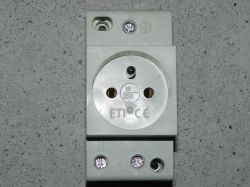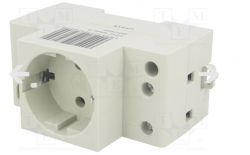Back then it was about security issues. Until I get to grips with the new norm, the topic is frozen.
"
Identification markings of device terminals and cable terminations - Additional information point 6 with drawings of sockets attached therein"
In the drawings, L is on the left. That's about it."
"
Identification markings of device terminals and cable terminations - Additional information point 6 with drawings of sockets attached therein"
In the drawings, L is on the left. That's about it."




